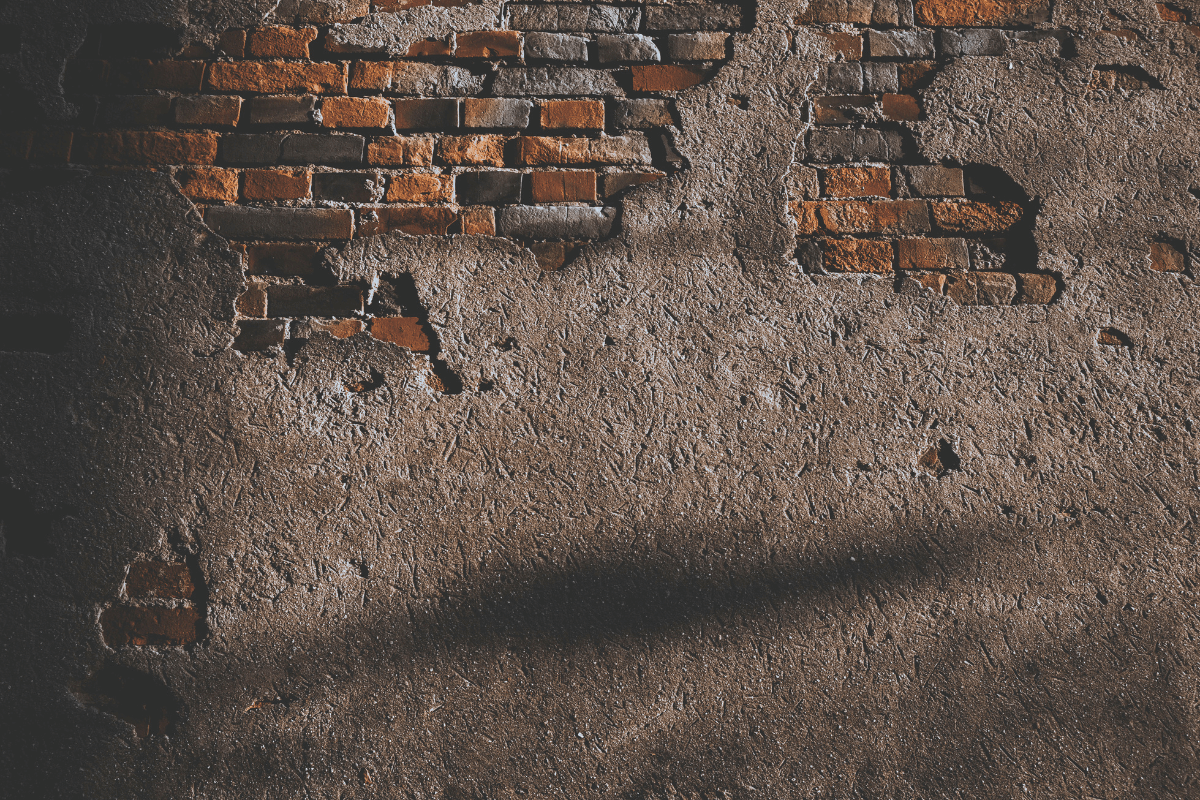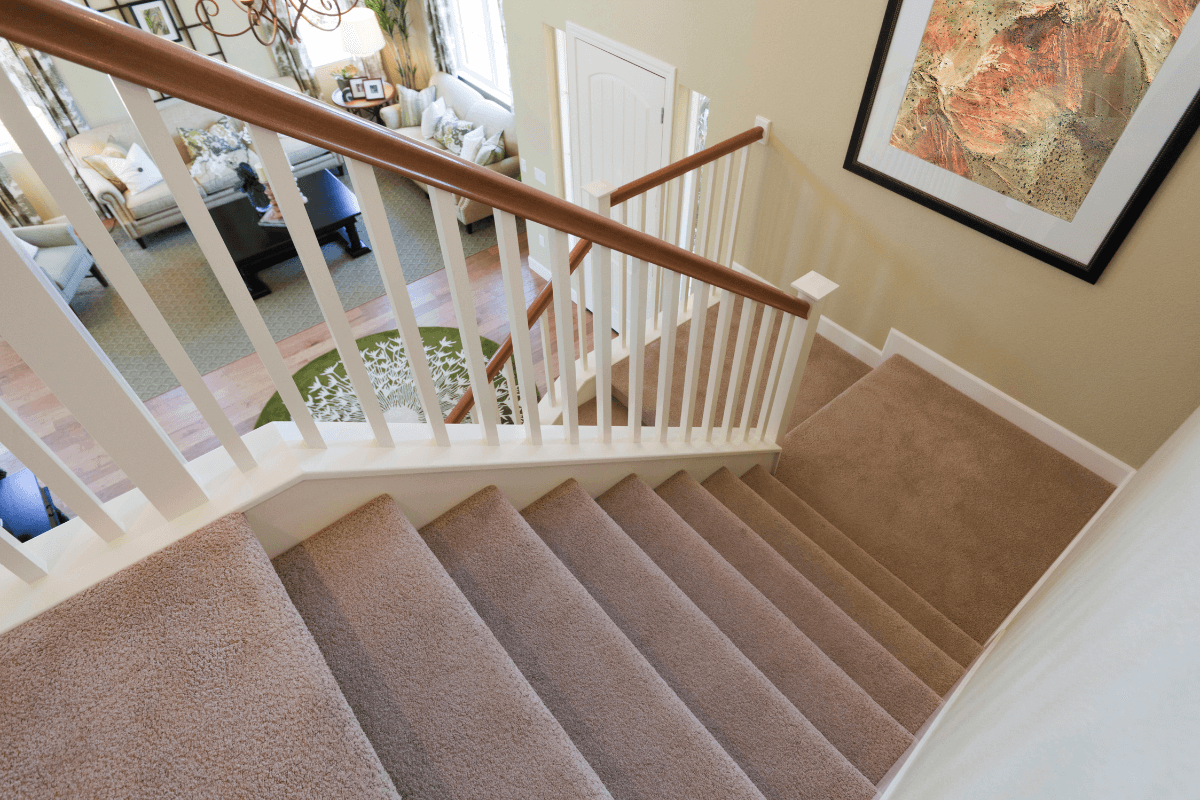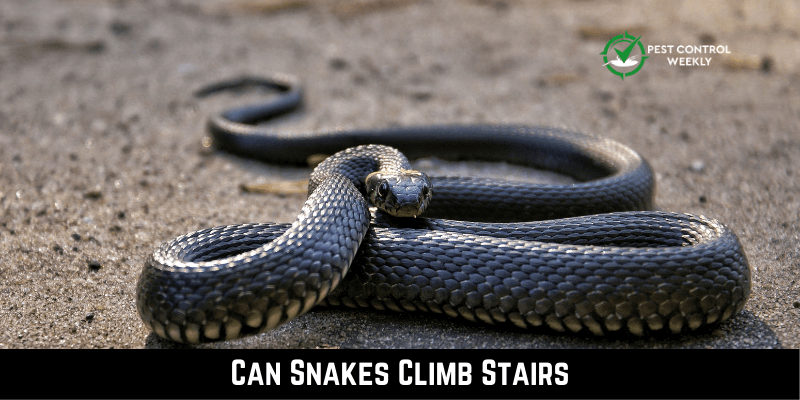Have you ever seen snakes on the first floor of your house or the stairs? How do they get there? However, it is still a mystery whether snakes can climb stairs or not. Before moving ahead, you may wonder, can snakes climb stairs?
Yes, snakes can proficiently climb stairs. Snakes that consume rodents are excellent stair climbers. Some snakes may find it challenging to climb stairs, but if they are persistent, they will succeed. Moreover, snakes use special movements to jump from one step to another.
Are you interested in knowing more about the snakes’ climbing abilities? If so, read the below guidelines to learn everything about it.
The Ability of Snakes To Climb
As snakes are good climbers, they can climb both stairs and walls. For this, they push up against a surface using both their scales and muscles. Scales on their body allow them friction to grasp and climb. It is because snakes need to grip the surface they climb. Additionally, snakes can easily climb brick walls because they have nooks to hold them.
Therefore, they can’t climb smooth surfaces like metal walls. The only requirement for a snake to safely go to the next stair is for a part of its front end to reach the top. Above all, remember that a little snake may have trouble climbing the stairs if it lacks the height to outreach each step.
In What Ways Do Snakes Climb Stairs?
Snakes’ ability to climb is different from humans. According to the International Conference on Robotics and Automation Engineering (ICRAE), snakes can alter their shape to fit the stairway’s curvature while ascending several steps. On the other hand, humans can’t change their body texture to climb stairs.
Snakes have multiple ribs and vertebrae throughout the body. The ribs shield the snake’s internal organs from harm, while the vertebrae provide snakes with extreme flexibility. Additionally, snakes’ powerful muscles enable them to move in amazing ways while safeguarding their vertebrae.
Which Type of Movements Do Snakes Use to Climb Stairs?
Snakes use a special type of movement called concertina movement to climb up vertical surfaces. According to the Journal Integrative & Comparative Biology, snakes change their head-to-tail distance while flexing and expanding their body parts during concertina movements.
Additionally, snakes can extend their heads and the front parts of their bodies along vertical surfaces in search of objects to grasp with their ventral scales. They can employ tight curves and pack up to cling to the ground to produce traction. Once that is done, it can also pull with its back.
Thus, with the help of this movement, snakes can climb various surfaces, from rocks to trees.
Do Snakes Climb to the First Floor of Your House?
Yes, snakes can climb to your house’s first or second floor. Moreover, snakes could ascend from the first level to a third-story flat if they wanted to. However, this does not imply that all snakes have quick stair-climbing abilities. The truth is that; a snake doesn’t always scramble up a mountain-like wall.
Since a snake can’t hold a surface the same way a lizard can, it won’t be able to crawl up that kind of floor.
Does a Snake Jump Stairs?
No, snakes don’t jump stairs. It is because jumping requires legs to be completely off the ground, which they don’t have. Moreover, snakes can strike and creep up a staircase, but they lack the explosiveness to leap from the ground.
However, they can climb stairs or other vertical structures by pushing off a surface and moving upward using their body muscles. Numerous elements, such as a snake’s size, body form, and scale composition, affect its ability to ascend stairs. Some snakes have long and smooth bodies that enable them to climb stairs easily, while some don’t have such body composition.
Do All Species of Snakes Climb Stairs?
Nearly all snake species can ascend stairs, but larger species are more likely to do so. Snakes, like cobras and pythons, may climb more readily because of their strong ribs, scales, and spinal column movement. Furthermore, their bulky bodies are stretched out, enabling them to climb numerous stairs.
Instead of climbing the steps, they appear to slide straight over the stairs. Thus, the potential of snakes to climb stairs entirely depends on their body composition; not all snakes can climb stairs.
How Quickly Can Snakes Climb Stairs?
The speed of snakes’ climbing activity depends on their size and shape. Lager snakes can climb faster than smaller snakes. The reason behind this faster climbing is the presence of ventral scales on their body, which enable them to hold the surface tightly.
Further, longer and faster snakes can take two to three steps at a time, while smaller snakes can take just one at one time.
Other Things That Snakes Climb
Although snakes are excellent stair climbs, they can climb below things too.
Wall

Snakes have a wonderful ability to climb walls like brick and stone walls. Since snakes can climb any surface that has something to grasp, they can’t climb metal and marble walls. Moreover, due to the water-resistant skin, snakes have little trouble scaling a damp wall, such as the side of a home.
Snakes require some little grooves or patterns to aid in their grip to climb a vertical wall. Brick, stucco, stone, and fence walls are a few man-made walls that snakes can climb. Snakes can cling to the divots, grips, or grooves on these walls as they climb them. However, it is more difficult for them to climb up the tiny grooves or patterns.
Trees

Some snakes, like arboreal snakes, can climb trees well. They spend most of their life on trees, that’s why, they are excellent tree climbers. These tree climbers are most commonly found in North America, Africa, and Asia. Snakes grab trees by contracting their muscles, much like how people use their hands to hold onto a rope while climbing.
Six types of snakes climb trees such as the paradise flying snake, the golden lancehead, the western rat snake, and the rough green and brown snake. These snakes are ambush predators and spend most of their time relaxing in trees.
Windows

If you used to leave your windows open without installing a screen, there may be a chance of snake infestation in your house. They can climb windows easily since holding surfaces are present on the windows. Snakes may climb onto windows, and if their length is greater than the height of the glass, they can lean against it and ascend.
Snakes are also capable of scaling any curtain. They use different tactics to climb up walls or windows made of glass. However, they will find it challenging to climb because there is no friction on the smooth covering of the glass.
Carpeted Stairs

In addition to simple stairs, snakes can climb carpeted stairs because they are not smooth and have a grasping texture. Snakes have a unique method of moving from one step to the next called a concertina movement, which makes use of the snake’s numerous muscles and vertebrae.
During concertina motion, a snake pushes or pulls its body while simultaneously using another portion to grasp and anchor to an item. Even though everything appears to be moving smoothly, a snake does this at once. Remember that, snakes are not explosive enough to leap off the ground, yet they can creep up a stair.
Stairways

Snakes can also climb concrete stairways. While most snakes find it challenging to ascend a concrete stairway, they provide some grip. The snake ascends the stairs by elevating the top third of its body while using the rest of it as leverage. After that, they repeat the same procedure to reach their destination.
Since snakes value conserving energy, they are likely to take on an activity that is too hard. Rodent-eating snakes, like the red rat snake, are skilled at scaling walls and stairways. Some snakes may find climbing stairs to be challenging, but if they are persistent, they will succeed.
How to Prevent Snakes from Getting into the House?
There are different ways to keep snakes away from your house and property. Here are some proven ways to keep snakes at bay.
- Snakes are used to enter your house through your yard or garden, so you should keep your garden clean and free from any debris.
- Small openings could be the source of snake entrance in your house, therefore, you should seal any gaps or cracks in your wall or windows.
- As snakes are always in search of food and water, so storing food in a tight container will keep them away.
- Moreover, all doors should have door sweeps to ward off snakes.
- As snakes are drawn to standing water, eliminating any source of water will also keep them away.
- If you have a home yard, install a snake-proof fence around it, and trim all the bushes regularly.
Final Thoughts
Snakes are excellent climbers and scale walls, trees, windows, and stairwells. They can climb stairs using unique claws and scales on their body or by crawling on vertical surfaces. Moreover, they also use unique movements called concertina to climb stairs or walls.
It is a common misconception that snakes always want to harm humans. However, they mostly need warmth and shelter. Therefore, you should remove all the hiding places in your home, like piles of wood and rocks, to keep away snakes.
FAQs
References
D. Sahu, R. Kodi and S. Singh, “Gait Analysis of Multi-Step Climbing Active Wheeled Snake Robot,” 2019 4th International Conference on Robotics and Automation Engineering (ICRAE), Singapore, 2019, pp. 18-23.
Bruce C Jayne, What Defines Different Modes of Snake Locomotion?, Integrative and Comparative Biology, Volume 60, Issue 1, July 2020, Pages 156–170.

